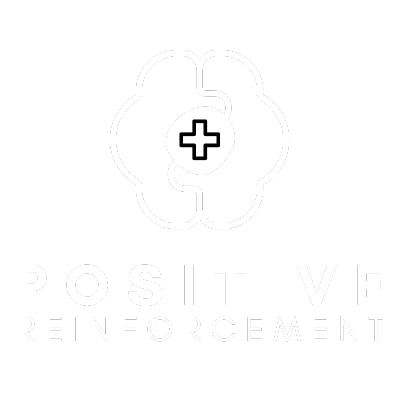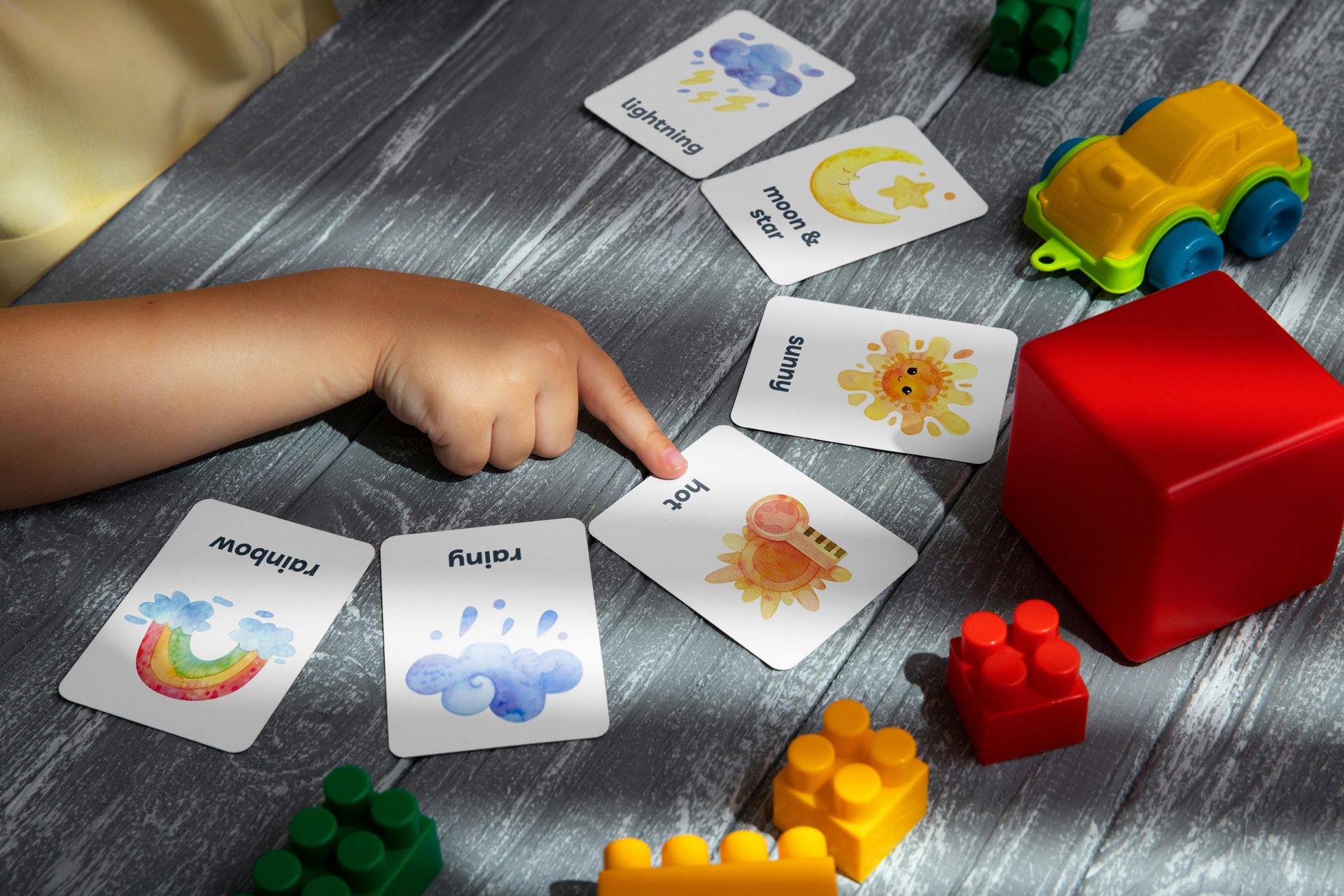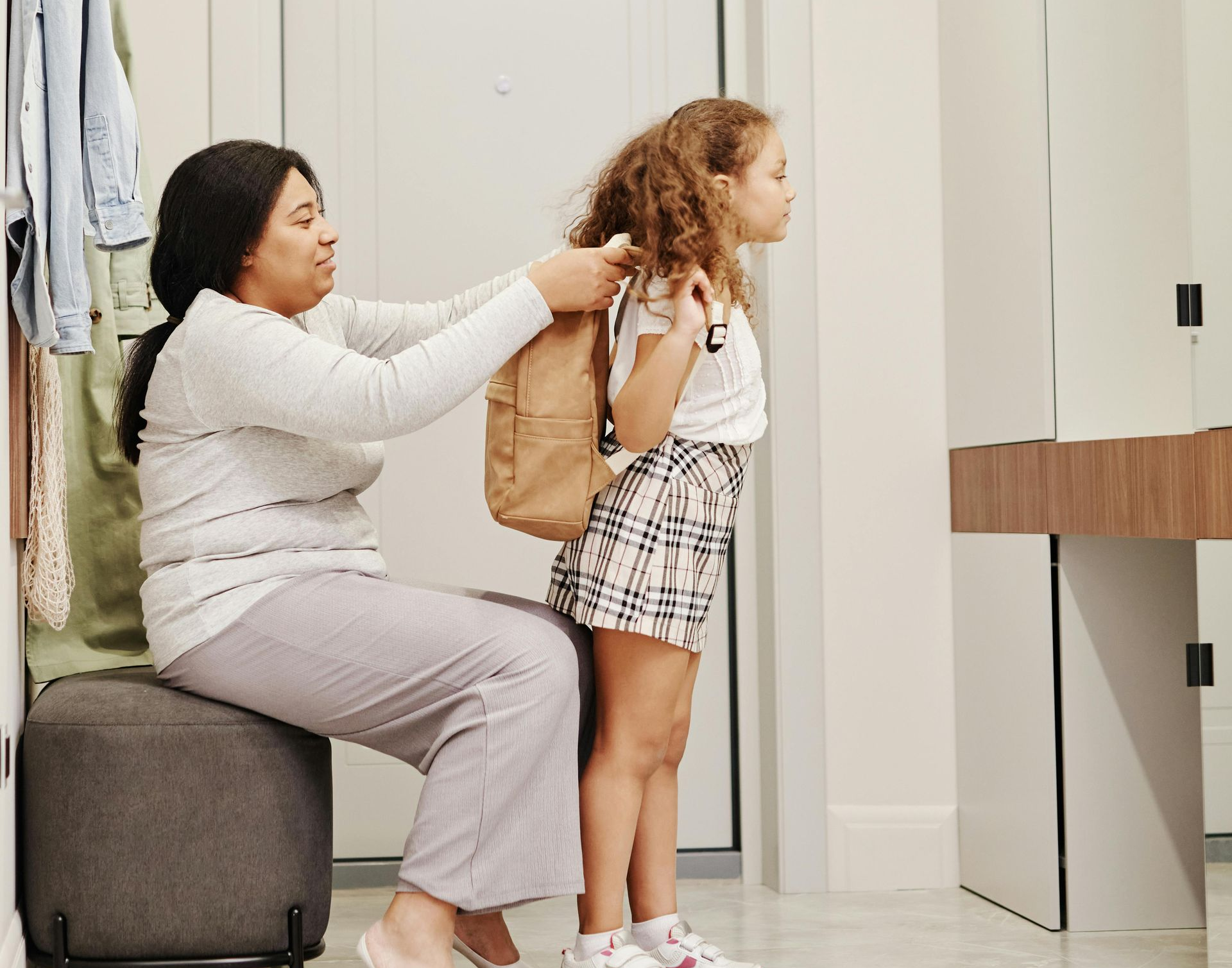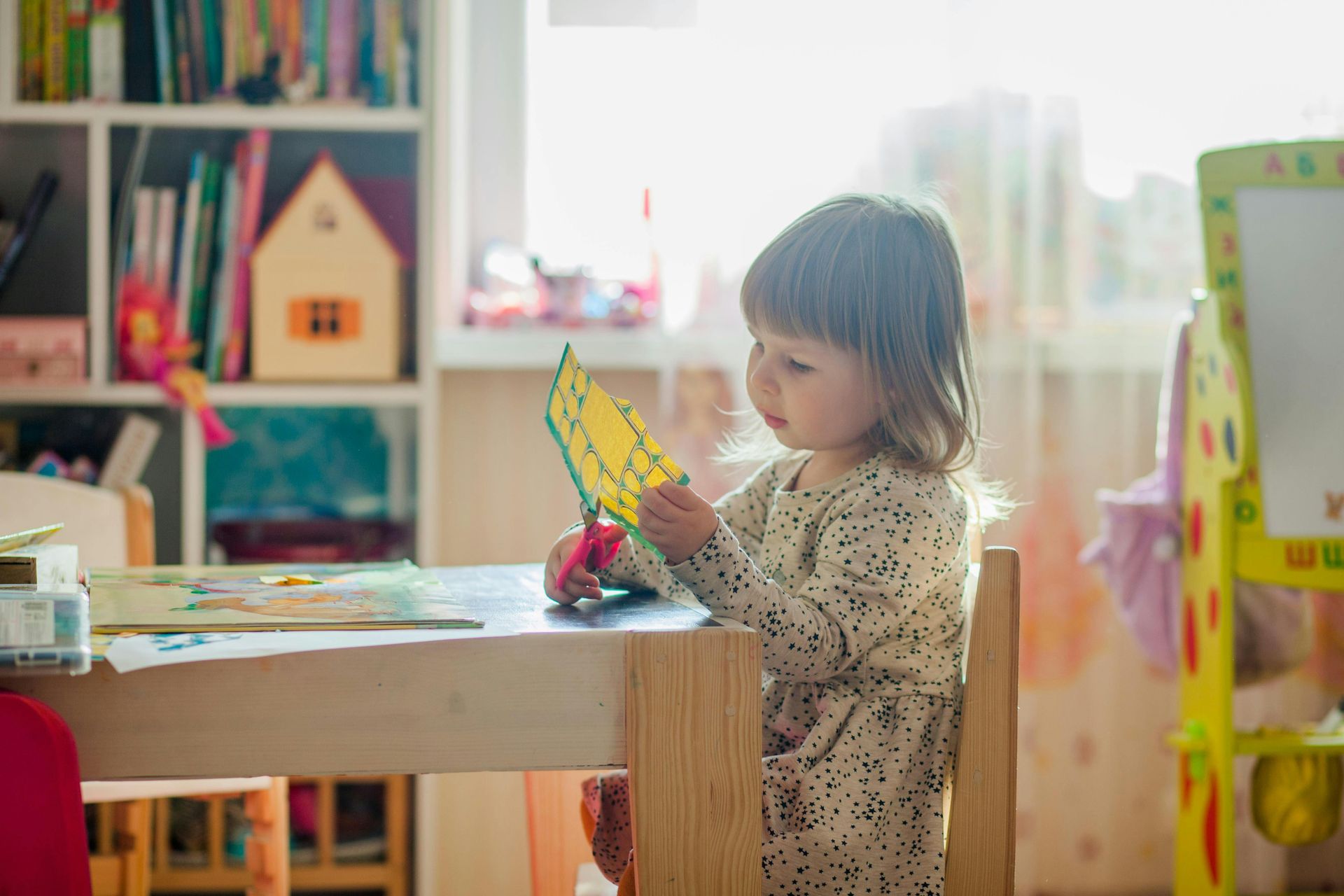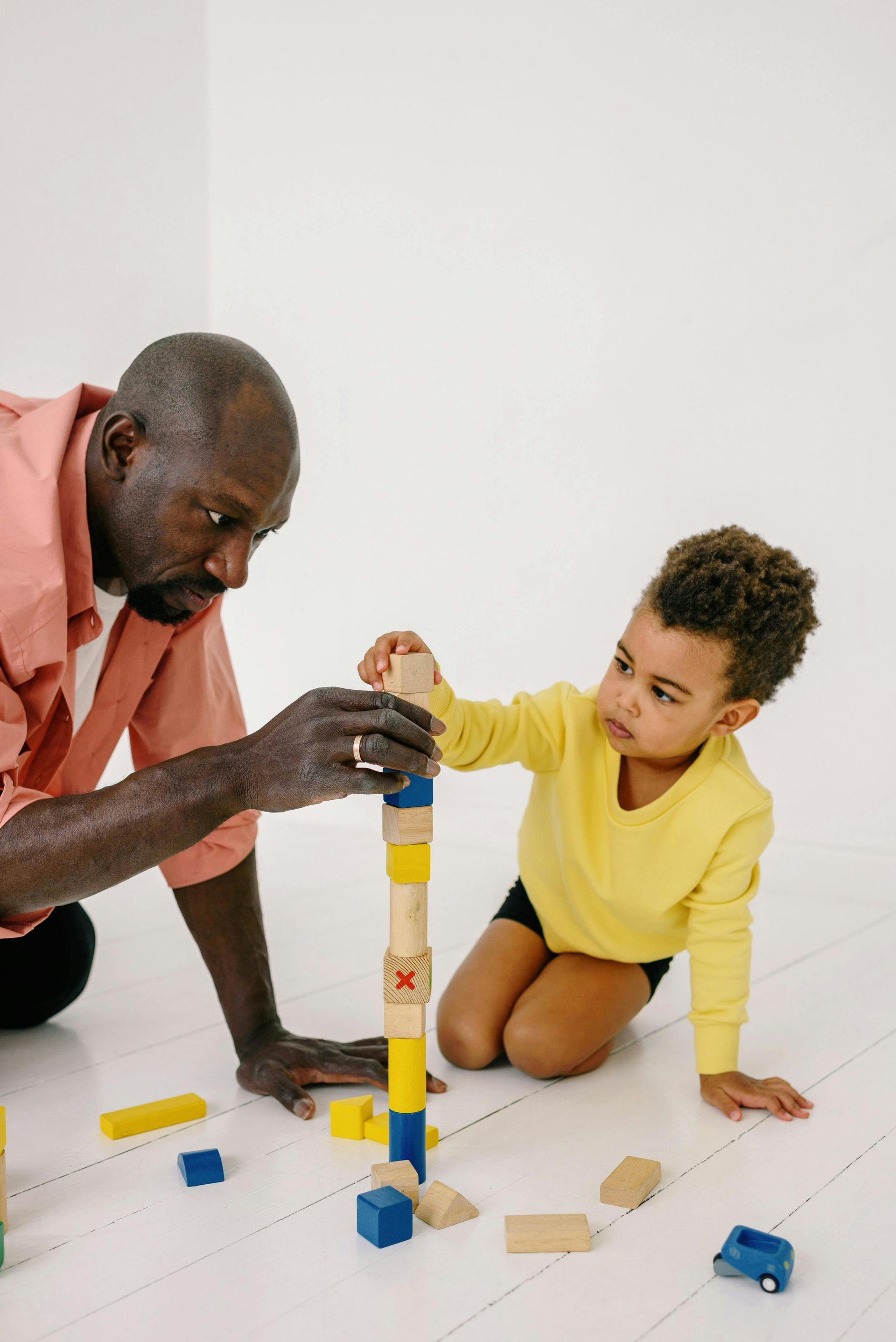Healthy Sleep Habits for Children with Autism
Healthy Sleep Habits for Children with Autism
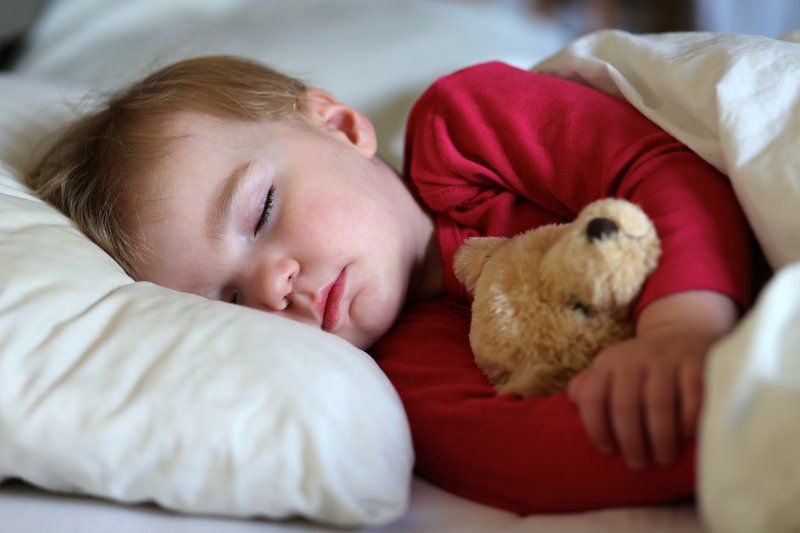
Sleep is an important part of leading a healthy life, especially for children since it is so critical for a child’s growth and development. Unfortunately, up to 40% of children and young adults are suspected of having sleeping disorders, and children with autism are even more likely to suffer from a sleep disorder.
The Bedtime Routine
One of the first steps for alleviating sleep issues is implementing a very consistent routine before bedtime. This should begin 15-30 minutes before bedtime—at the same time every night—and includes getting dressed for bed, brushing teeth, and going to the bathroom. The routine may also involve reading a book or singing a couple of songs with your child. Stick with a routine for at least two weeks for it to start to become a habit.
Set the Stage for Sleep
Dim the lights and use soft music or a white noise machine to create a sleep-friendly atmosphere even before the lights go out for the night. Lower voices and bring down the energy level. You might also teach your child to use a calming technique—like slowing their breathing or visualizing a calming place—to help prepare them for bed.
Promoting Independence
Once you have a routine in place, it is vital to begin to coach your child towards sleep independence and reduce their dependence on you or anyone else to help them fall asleep. It is common for any age to wake up throughout the night, and an independent sleeper will be able to fall back to sleep on their own. When the time is right, you can start to remove your supports at bedtime little by little. For example, if you lay with your child while they fall asleep, maybe sit on the bed for a few nights. Then move to a chair for a little while. Reduce the amount of time spent in the child’s room, and reduce the amount of interaction on your part until your child is able to fall asleep more independently.
Sleep disorders can take a toll on the individual as well as the rest of the family. That’s why it is so important to find what works for your child and for you, and to be as consistent as possible putting these routines into place.
Positive Reinforcement offers ABA therapy in Bluemont, Middleburg, Upperville, Aldie, Chantilly, Manassas, Woodbridge, Winchester, Front Royal, Middletown,Round Hill, Leesburg, Ashburn, Charles Town, Ferguson, Science Hill, Pulaski Fairfax county and More!
